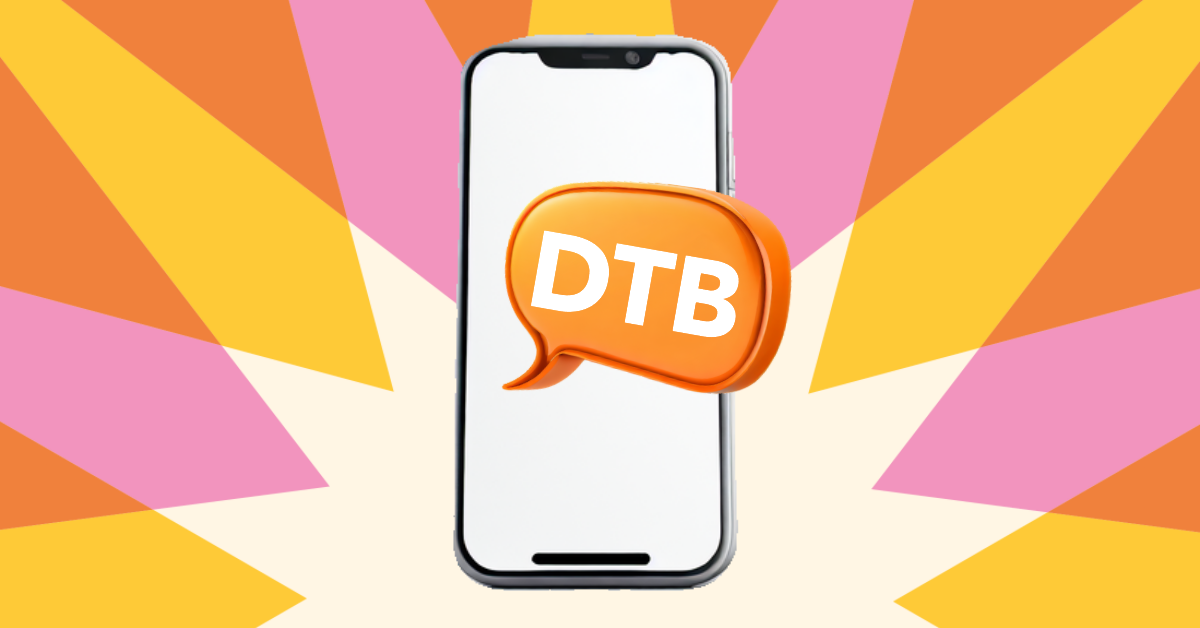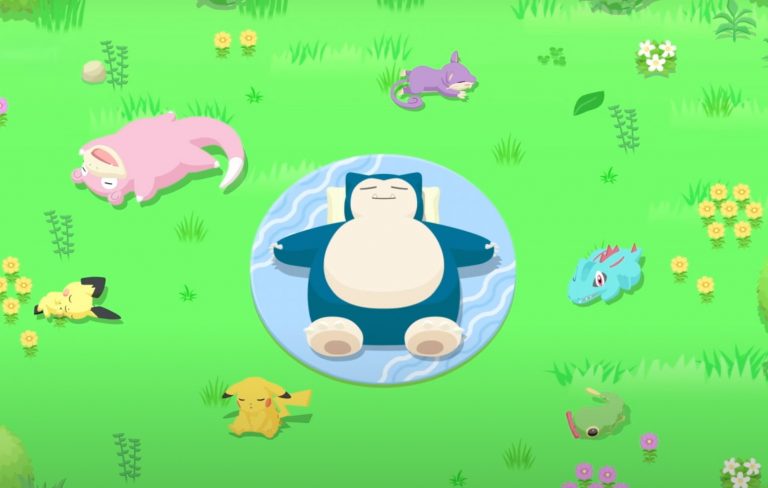DTB is an acronym often used in texts and messages to convey the meaning “don’t text back.” While acronyms and abbreviations are common in texting and social media for brevity, some can have passive aggressive or negative connotations.
Because texting lacks the context of tone of voice and facial expressions, miscommunication can occur. Receiving a text with DTB may leave you confused, annoyed, or offended. However, understanding the meaning behind DTB can help you navigate this potential miscommunication.
Origins of DTB
Acronyms in texting arose as a way to convey messages more quickly with fewer keystrokes and characters. As text messaging gained popularity in the early 2000s, acronyms like LOL, BRB, and TTYL became mainstream.
DTB emerged as an acronym for don’t text back as a way to clearly signal that the texter does not wish to continue a conversation or wants to end communication. This originated from wanting a clean break from the conversation without rudeness or awkwardness.
Passive Aggressive Connotation
While the literal meaning of DTB is simply “don’t text back,” using this acronym can have connotations perceived as passive aggressive or rude. Because text messages lack tone of voice and context that in-person or phone conversations provide, recipients may interpret DTB negatively.
Receiving a text with DTB could make the recipient feel:
- Confused: Why does the sender not want a response? What did I do wrong?
- Rejected: The sender seems to be deliberately cutting off communication and rejecting me.
- Dismissed: The sender is brushing me off and does not value a reply.
- Offended: The sender is being rude by abruptly ending the conversation.
- Hurt: The sender does not wish to keep communicating with me.
Due to these potential negative interpretations, using DTB in a text is best avoided. Instead, politely ending a conversation directly—for example, “I have to go now, talk to you later!”— is a much kinder alternative to conveying the same meaning as DTB.
Possible Reasons for Using DTB
While the passive aggressive tone of DTB can be hurtful, understanding the possible reasons behind it can help you move past any miscommunication:
- Anger or irritation: The sender may be annoyed or frustrated with you and using DTB to abruptly end the conversation. Giving them time and space, and then follow up later in person or by phone, may be best.
- Social anxiety: The sender may have social anxiety and find abruptly ending texts less anxiety-provoking than directly responding. While DTB is not the most empathetic way to handle this, understanding their motives can inform a gentler discussion later.
- Trying to be direct: The sender may think DTB clearly conveys they don’t want to text further and avoids any ambiguity. However, a more positive alternative like “I have to go now” achieves the same goal without potential hurt feelings.
- No ill intent: In some cases, the sender may be unaware of how DTB could be perceived and truly meant nothing negative by it. An open and honest discussion about effective communication may help avoid miscommunications going forward.
How to Respond to DTB
The best way to respond to receiving DTB in a text depends largely on your relationship with the sender and the context of your previous conversation. Some options include:
- Simply don’t respond. If the sender truly doesn’t wish to communicate further, respecting that boundary is likely best. You can always follow up in person at a later time to discuss the miscommunication openly.
- Politely acknowledge and exit the conversation. You could send a brief text like “Okay, talk later” to acknowledge their message and end the back-and-forth on a positive note. Then follow up in person when things have calmed down.
- Initiate an open discussion. If you value keeping the lines of communication open, sending a text like “I noticed you said DTB. Is everything okay between us?” can allow you to discuss how to communicate more effectively going forward. Be careful not to accuse; focus on expressing your own feelings and needs.
- Give them time and space. If tensions seem high or the sender appears irritated, give them a day or two without contacting them. This “break” can allow things to cool off before reopening lines of communication.
In summary, while receiving DTB in a text can feel hurtful, a combination of understanding the motives behind its use and responding in an empathetic yet assertive manner can help resolve any potential miscommunication. The goal should be keeping communication open and honest while setting clear expectations and boundaries that work for both of you going forward. Taking a pause to discuss in person, when emotions have cooled, is often the most constructive way forward.






